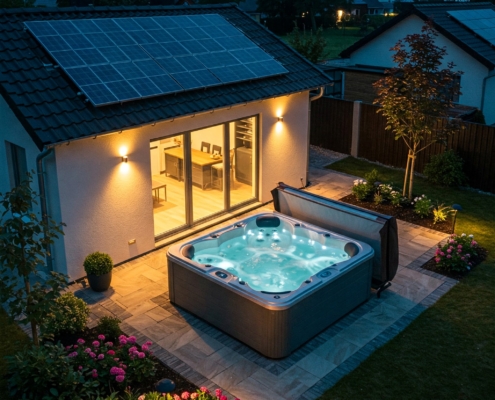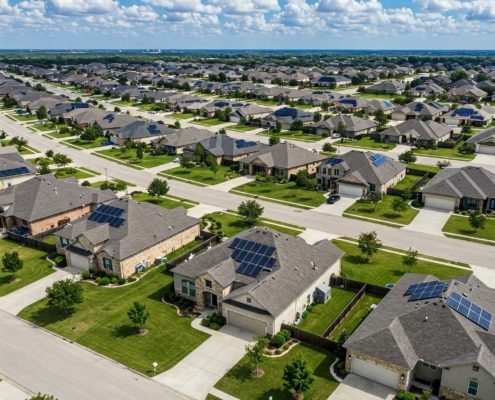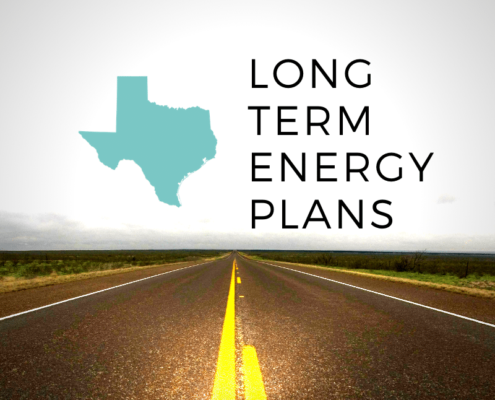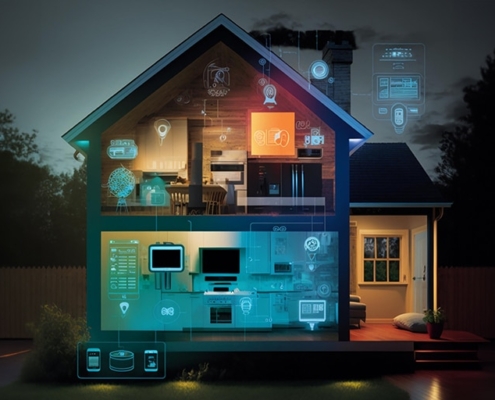Last Updated on May 22, 2022 by Mary Pressler
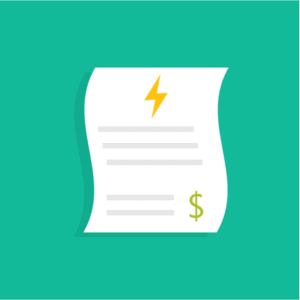 What Are Demand Charges? How Do They Affect Commercial Power Bills?
What Are Demand Charges? How Do They Affect Commercial Power Bills?
In most power grids, there is an important difference between residential and business electricity rates. Homes and small businesses are normally billed only for the amount of energy consumed, but larger commercial and industrial buildings must also pay demand charges.
- Power meters measure both kilowatt-hours (amount of electricity consumed) and kilowatts (rate of electricity consumption).
- C&I buildings are charged for total kWh used, and also for their peak kilowatts during the billing period.
When a building is charged for both energy and peak demand, there is a different rate for each measurement. For example, your electricity provider may charge $0.10 per kWh, and $6 per kW of peak demand. If you consumed 50,000 kWh and had a peak demand of 160 kWh, you get an energy charge of $5,000 and a demand charge of $960, adding up to $5,960.
This type of rate can be used in your favor to reduce power bills, even if your total energy consumption does not change. If the building in the example above reduces its peak demand to 120 kWh, it saves $240/month even if the total consumption does not change.
Why Do Commercial Electric Bills Include Demand Charges?
The energy usage profile of a single home doesn’t have a significant impact on the grid – its power consumption is very small compared with the total power carried by the grid. However, the same cannot be said of large commercial and industrial buildings, which burden the grid with their consumption peaks. The load of a 250-watt appliance at home is not even noticed by the utility company, but the load of a 1,500-kilowatt industrial motor is significant.
Serving customers with sharp peaks in consumption is more difficult for electric companies, since they must size their power lines and transformers according to the highest load expected. Demand charges accomplish two main purposes:
- Covering the costs of having a higher grid capacity, which is necessary to remain stable when there are demand peaks from large energy consumers.
- Creating an incentive for businesses to lower their peak demand, since this reduces their power bills.
Generally, homes and small businesses only pay for energy, while large commercial and industrial users are billed for both energy and peak demand. However, you may find exceptions, and the specific billing rules change depending on the electricity provider and local utility company. For example, electric companies may have different billing intervals throughout the day, with a separate demand charge for each interval.
How Demand Charges Affect Commercial Electric Bills
Due to the effect of demand charges, two buildings with a similar kWh consumption may be charged very different amounts on their power bills. Actually, the building with the lowest consumption can have higher bills due to excessive peaks. Consider the following example, assuming a rate of $0.10 per kWh and $6 per peak kW.
| Example Values | Building #1 | Building #2 | Building #3 |
| Consumption (kWh) | 18,000 kWh | 20,000 kWh | 22,000 kWh |
| Consumption Charge ($) | $1,800 | $2,000 | $2,200 |
| Peak demand (kW) | 100 kW | 45 kW | 40 kW |
| Peak demand charge ($) | $600 | $270 | $240 |
| Total Power Bill ($) | $2,400 | $2,270 | $2,440 |
Note how Building #1 has the lowest energy consumption (kWh), but the 100-kW peak leads to a high demand charge. Building #1 pays almost the same amount as Building #3, which has a higher consumption by 4,000 kWh, but a lower demand by 60 kW.
How To Reduce Demand Charges
The term “peak shaving” is used to describe measures that reduce the power consumption peaks registered by the electric meter. This can be accomplished by many energy efficiency measures, but a special approach is required:
- The first step is to determine the timeframes when the power consumption peaks are happening. Also, there may be several peaks throughout the day, but the demand charge only considers the highest peak in the billing period.\
- The consumption profile of a building can be measured as part of an energy audit, and this information may also be available from your electricity provider or grid operator.
- To reduce your demand charge, you need peak shaving measures that target the specific peak used for the charge. If there are several peaks in your consumption profile, keep in mind that another peak may become the largest when the main peak is reduced..
Energy efficiency measures that achieve a constant reduction of power usage can reduce demand charges reliably. For example, if you replace 200 HID lights that consume 460W each with 150W LED versions, there is a permanent reduction of 62 kW. On the other hand, if you use a building control system that reduces air conditioning consumption during certain hours, you will save on energy charges but not necessarily demand charges. If the AC system continues to run at full power during some intervals, its contribution to peak demand will remain the same.
Onsite generation systems can also be used to reduce demand charges, even if the actual demand does not change internally. For example, if a manufacturing plant is billed demand charges for 1,200 kW, and it uses a generator to supply 400 kW exactly when the peak occurs, the demand charge will only consider 800 kW.
Can Solar Power Help to Lower Demand Charges?
Commercial solar power is a special case – while solar panels can reduce demand peaks that occur around noon, you cannot use them consistently for this purpose. There may be a cloudy day that drastically reduces their output, and the power meter will measure the full demand peak. In this case, you must pay the full demand charge even if it happened only once. In addition, solar panels have little or no impact on demand peaks that happen away from their most productive hours.
The situation is completely different if a solar power system is equipped with batteries, which can be configured to reduce peak demand with high accuracy. A battery system can respond to control signals within milliseconds, trimming down demand peaks even when there is no solar generation. You can configure the battery to recharge with grid electricity, in case it gets discharged at an hour without sunlight.
To summarize, solar panels alone can reduce energy charges consistently, but not demand charges. When a battery system is added, both types of charges can be reduced.

